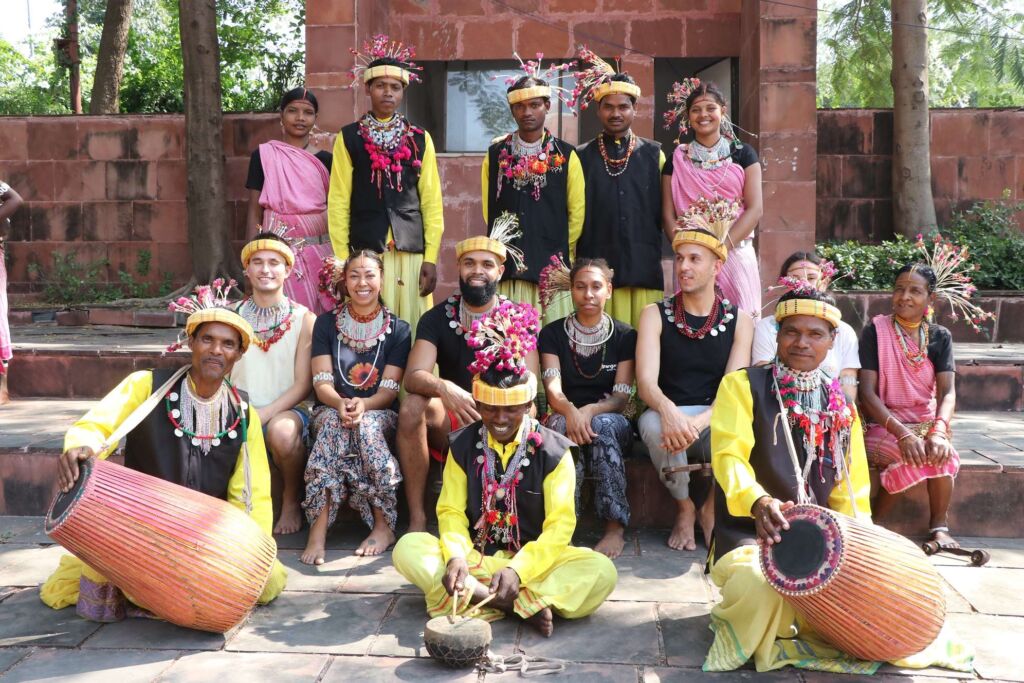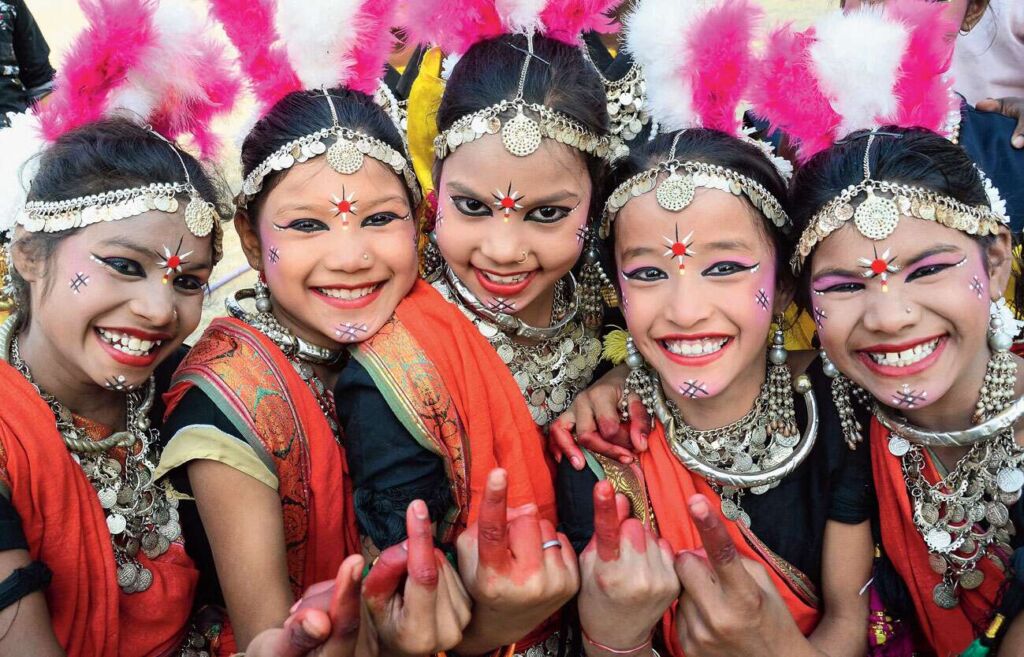
“The Tribal people leaving the forests would be like soul of our civilisation leaving it native place.”
Tribal population and their dignified cultural values are the true essences of every country’s cultural heritage. Some try hard to preserve that essence from ‘Modern’ ideological influence, others feel ‘uplifted’ to give up on it. Then there is India, a nation that takes great pride and joy in presenting these values as its ‘Roots & Soul’.
The western mindset often portrays the word “Tribal” as a synonym of “Uncultured and Uncivilised”.
They consider these tribes as their “Mission”, to bring them up into the modern fold.
Although, what may have started as a mission, has turned into their habit. This habit nowadays seems to have taken its toll by creating communities with hollow morals and burned-out dignity.
Among these neoteric civilisations which nurtured on the principle of “convert or get exterminated”, India stands audacious with the ideas of “Coexistence and Mutual-Respect”.
Now, let me take you to the heart of Incredible India. A part of ancient Gondwana land which means “The land of Gonds”, Madhya Pradesh is the state of highest tribal population in India. According to the last census of India, the tribal population constitutes around 21.1% of the total population of the state and it’s growth is much faster than the average population growth of Madhya Pradesh.
That’s to say, this state with one of the most enchanting landscapes and beautiful rivers is connected to its tribal roots much deeper than we know. The major tribes of the region Bheel and Gonds form the largest chunk of the tribal population in India. These people have very unique roles in the rural societies of Madhya Pradesh. They possess the inherent trust and respect of local people. They act as a strong link between rapid urbanization and the forests & its ecological system.
People in the villages trust these tribal elders to protect their dignity and values.

A harmonious nature of coexistence remains preserved because of the common religious and cultural descent of all of us.
For thousands of years, these tribes and ethnicities have protected our religious ideas. Through all of those invasions and suppression, attempts of forced conversions and ideological brainwashing, we are still able to protect our cultural identity and that’s because these tribal people stood by us and fought for us. Personalities like Shankar Shah of Gadh-Mandla, Bheema Nayak & Tantya Bheel of Nimad, Dheer Singh and Veersa Gond of Baghelkhand, fought in the Indian freedom struggle.
One of the major reasons for calling MP, a Tribal Kingdom of India is because once upon a time, this land was ruled by the greatest of Tribal kings who belonged to the Gond Tribe. King Sangram Shah (King of Wars) ruled the kingdom of Gondwana with his incredibly decentralized administration bonded by the threads of trust and respect. He was a great scholar of Sanskrit and was the biggest patron of art and literature at that time in all of central India.
Keeping all of these figures and facts aside, let me tell you about today’s Madhya Pradesh and why it still is worthy of the title..
Madhya Pradesh is a vastly diverse mixture of numerous different cultures. The Bundelkhand, Baghelkhand, Malwa, Nimad, Mahakoshal and Gird are the main recognised cultural regions surrounded by states of Rajasthan, Gujrat, Uttar Pradesh, Maharashtra and Chhattisgarh. All of these bordering states also have different cultures, values, languages, food among many other things.
But the tribal scenario of this region has found many common bonds and links between these cultures in order to create their distinct place in the regional communities. It’s like they are acting as a thread of a garland and protecting it from falling apart. Its quite amazing and fascinating if you try to understand it by being a part of it.
The great God of Time and Death, Shiva or best known as Mahakal in Malwa, who’s equally worshipped and revered throughout the country, especially in central Indian provinces, is one of the key ‘links’ earlier mentioned. Many of these links have given us the idea to “Live like an Indian” and feel proud in it.
It shows the beauty of Sanatan Culture as a whole, that gives us infinite reasons to connect and harmonize regardless of our differences and positions.
There are many more interesting things to know about the tribes of India so consider this as an introductory picture and stay tuned to next releases.
May Mahakal Bless you with good heart and strong will..


